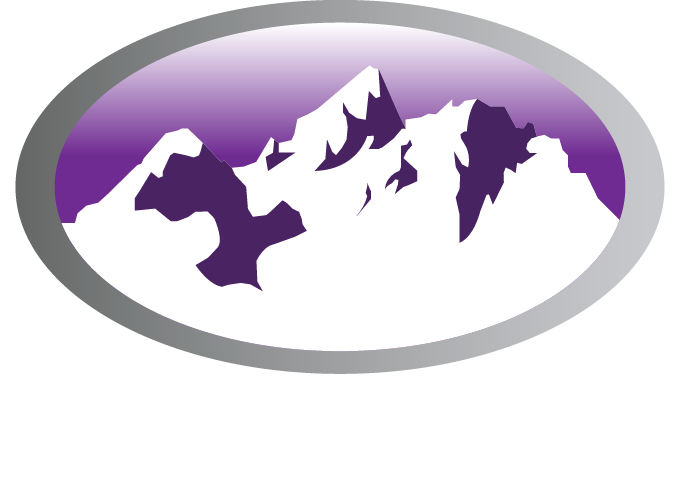
We are descendants of the Cree and Beaver peoples who have lived in this territory since time immemorial and of the Iroquois trappers and voyageurs who came to the territory with the North West Company in the 18th century.
The coming together of three tribes.
Fur trading posts established after 1670 began a period of economically motivated migration. The Cree of the Algonquian linguistic stock began to migrate westward from the Hudson Bay region. They moved gradually into the territory of the Beaver, with whom they engaged in inter-tribal warfare over a period extending roughly from 1717 until 1760 (H.B.C. Arch. 8239/a/1; Jenness 1972:385).
Photo: The Cree began trading with the Hudson's Bay Company in the 1600s, exchanging fur pelts for goods at trading posts such as this one. (Photo: Library and Archives Canada / C-008183).
By the end of the 18th century, young Iroquois men began to take employment as voyageurs and middlemen with the North West Company, travelling as far as the Rocky Mountains and forming encampments in the areas around Jasper House, Finlay River, Pouce Coupe, and Dunvegan. Through generations living and working on the land, the Iroquois intermarried with neighbouring Cree and Beaver peoples.
Photo: Paul Kane. Jasper House. 1846. Watercolour over graphite on paper. 13.3 x 22.5 cm. Source: Stark Museum of Art. Permission pending.
As As’in’î’wa’chî Ni’yaw people continue today, our ancestors moved seasonally throughout the traditional territory, occupying and using all areas of the territory. Though our ancestors had actively used, camped at and travelled through the area for time immemorial, they founded what was to become the permanent community at Kelly Lake around the turn of the 20th century. The founding of the present-day community of Kelly Lake should be understood as a single point in a long continuum of traditional use and occupancy.
Kelly Lake Cree Nation evolved through exclusive use and occupation of the land and by practicing a variety of gathering, hunting, trapping, traditional and customary practices. Our people have continued to live a traditional way of life (i.e., hunting and trapping), preserving the Cree language, customs and governance structure of how ancestral families govern our territory.

Louis Kwarakwante
Chief Kwarakwante, born in 1782 at Kahnawake, Quebec was the 3rd traditional Chief of our heredity. He settled on the shores of Jasper around 1801 when he was just 19 years old.
Chief Kwarakwante ancestry is most recognized as one of the oldest lineages of North American tribes in Canada and his genetics are reserved at the Fifth International Congress of Blood Transfer of Hematology, Paris, France. Chief Kwarakwante travelled long distances, building alliances with the Cree and the other tribes.
“The head chief Karakonthie was at Fort Kingston (Cataraqui) in 1673. Kwarakwante was the grandson of Karakonthie aka Garakonthie who was one of our most famous chiefs.” - Clerc S. Viateur, Histoire du Canada
Our people often traveled through the passes of the Rockies through Snake Indian Pass to the Athabasca Pass to trade with other tribes, the Shuswap and Ktunaxa nations. It was in the Athabasca pass where our ancestors took wives of the Sekani (means “People of the Rocks” ) — the Beaver branch of the Athabaskans, who lived in the Rockies.
Kwarakwante also married two sisters of Cree descent, of whom the people of Kelly Lake are descendants. Roaming the country, they did much of the settling and trading throughout the Rocky Mountains and its passes.
Some families migrated to the Lesser and Greater Slave Lakes, and they are reported to have gone down the MacKenzie and to Great Bear Lake. Later they acted as guides to explorers like MacKenzie, Thompson, Cheadle, and others.
Chief Kwarakwante is described by Milton and Cheadle (surveyor & guides for HBC), who made a trip across Canada in 1862-63. Chief Kwarakwante took the guides from Jasper House to Tete Jeune Cache as a tour of the breathtaking area through the Rockies. David Thompson would take two of our ancestors as expert guides on his exploration of the Columbia River.
James Teit in 1909 mapped out the territory of the Cree-Iroquois tribe as far reaches as a settlement on the confluences of the Fraser and Canoe River, British Columbia. The band was trading with the Shuswap for dried salmon, salmon oil and dentalium shells in exchange for our people’s clothing and moose skins. His remarkable journey and leadership helped improve the oppression and coming together of three tribes in the Peace area during the period of European contact in the West.




